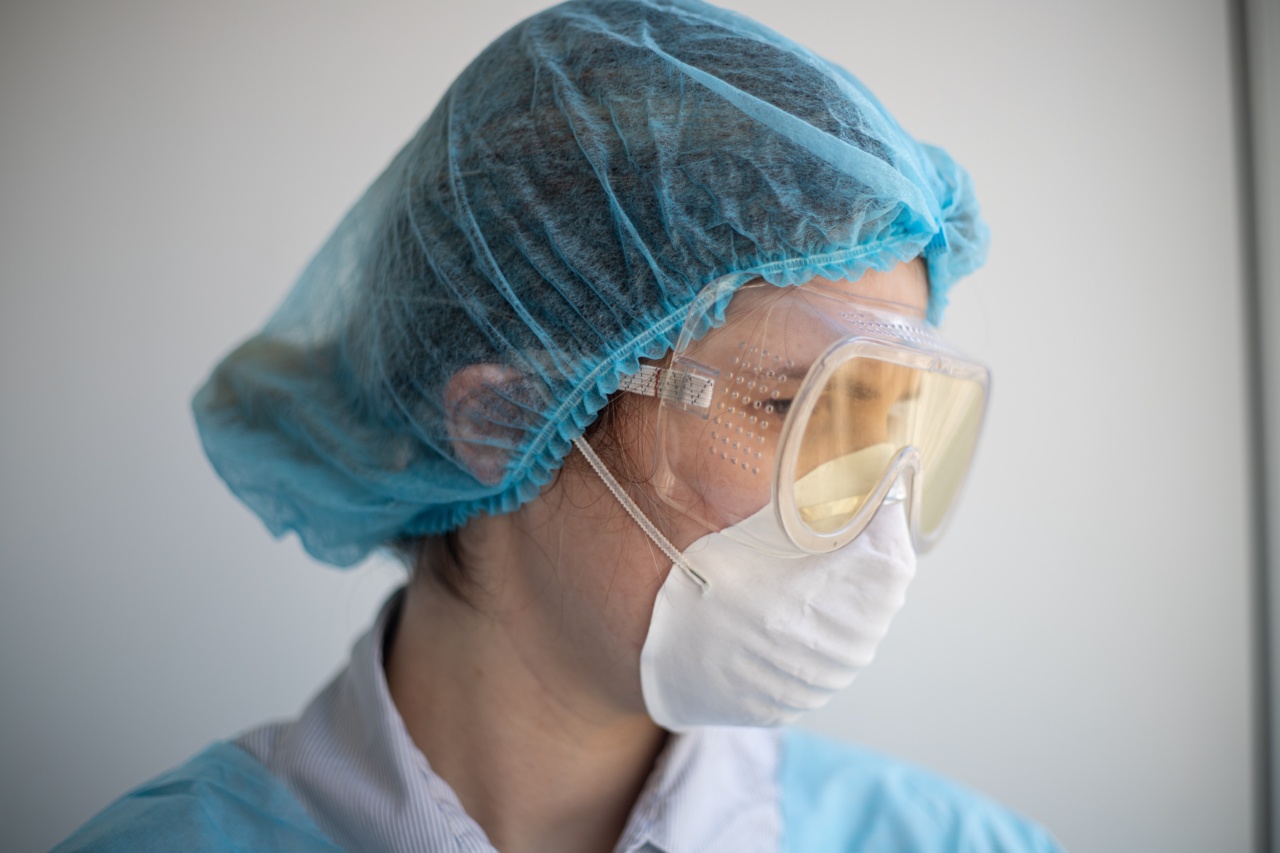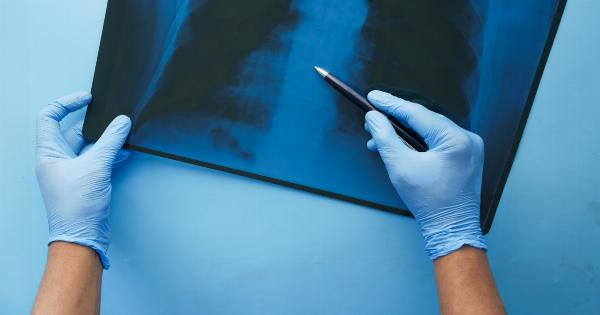Fractures are a common health condition that affects people of all ages, from children to elderly.
Despite the advances in medicine and surgery, the healing process of a fracture can still take a long time, and it can have a significant impact on the patient’s quality of life. Traditional treatments for fractures, such as casting and immobilization, can be uncomfortable and may limit mobility.
However, recent advances in technology have led to the development of a revolutionary 3D gypsum that can accelerate the healing process and improve patient outcomes.
What is 3D Gypsum?
Gypsum is a naturally occurring mineral that is commonly used in construction and as a soil conditioner. 3D gypsum is a type of gypsum that is produced using additive manufacturing techniques.
Additive manufacturing, also known as 3D printing, involves building a physical object layer by layer using a digital model. 3D gypsum can be printed into complex shapes with high accuracy and precision, making it ideal for custom medical applications.
How Can 3D Gypsum Help with Fracture Healing?
When a bone is fractured, the body’s natural healing process begins. Cells called osteoblasts and osteoclasts work together to rebuild the damaged bone tissue.
However, this process can be slow, particularly if the fracture is severe or occurs in a weight-bearing bone.
Traditional treatments for fractures involve immobilizing the affected area to prevent further damage and promote healing. This can be achieved by casting, bracing, or using external fixators.
While these treatments are effective, they can be uncomfortable and can limit the patient’s mobility. In some cases, surgery may be necessary to stabilize the fracture.
3D gypsum offers a more comfortable and potentially more effective alternative. By printing a custom 3D cast or brace, doctors can provide support to the affected area while still allowing the patient to move and exercise.
The 3D gypsum can be printed to fit the patient’s exact anatomy, providing a perfect fit that minimizes discomfort and improves the healing process.
The Benefits of Using 3D Gypsum for Fracture Healing
There are several key benefits to using 3D gypsum for fracture healing:.
1. Customization
Traditional casting and immobilization techniques provide a one-size-fits-all solution that may not be appropriate for all patients.
3D gypsum casts and braces can be printed to fit the patient’s exact anatomy, providing a better fit and greater comfort.
2. Improved Healing
By allowing the patient to move and exercise while wearing a cast or brace, 3D gypsum can promote faster healing and better bone remodeling.
The increased mobility can also reduce the risk of muscle atrophy and other complications associated with immobilization.
3. Reduced Risk of Infection
Traditional casts and braces can be difficult to keep clean and dry, increasing the risk of infection. 3D gypsum is water-resistant and can be easily cleaned, reducing the risk of infection and ensuring greater patient comfort.
4. Accessible Technology
While 3D printing technology is still relatively new, it is becoming increasingly accessible and affordable. This means that more patients may have access to this revolutionary technology in the future.
Limitations of 3D Gypsum for Fracture Healing
While 3D gypsum shows great promise for fracture healing, there are some limitations to this technology. These include:.
1. Cost
3D printing can be expensive, particularly for large or complex objects. This may limit the availability of 3D gypsum casts and braces for some patients.
2. Limited Availability
While 3D printing technology is becoming more accessible, it is still not widely available in all areas. This may limit the availability of 3D gypsum casts and braces for some patients.
3. Lack of Long-Term Studies
While there have been some studies on the use of 3D gypsum for fracture healing, there is still a lack of long-term studies on the effectiveness and safety of this technology.
Conclusion
Overall, 3D gypsum shows great promise as a revolutionary new technology for fracture healing. By providing a more customized and comfortable solution, 3D gypsum may be able to accelerate the healing process and improve patient outcomes.
However, further research is needed to fully understand the benefits and limitations of this technology.































